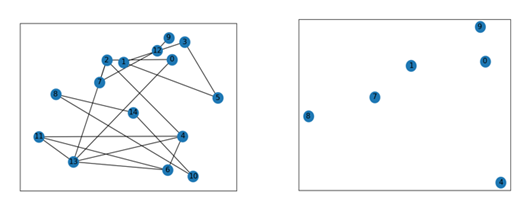Using Minimum Connected Dominating Set for Mobile sink path planning in Wireless Sensor Networks
DOI:
https://doi.org/10.17762/ijcnis.v15i1.5810Keywords:
Wireless Sensor Networks (WSNs), Mobility Model, Mobile Sink, Connected Dominating Set (CDS), Path PlanningAbstract
Wireless sensor networks are a motivating area of research and have a variety of applications. Given that these networks are anticipated to function without supervision for extended periods, there is a need to propose techniques to enhance the performance of these networks without consuming the essential resource sensor nodes have, which is their battery energy. In this paper, we propose a new sink node mobility model based on calculating the minimum connected dominating set of a network. As a result, instead of visiting all of the static sensor nodes in the network, the mobile sink will visit a small number or fraction of static sensor nodes to gather data and report it to the base station. The proposed model's performance was examined through simulation using the NS-2 simulator with various network sizes and mobile sink speeds. Finally, the proposed model's performance was evaluated using a variety of performance metrics, including End-To-End delay, packet delivery ratio, throughput, and overall energy consumption as a percentage.
Downloads
Published
How to Cite
Issue
Section
License
Copyright (c) 2023 International Journal of Communication Networks and Information Security (IJCNIS)

This work is licensed under a Creative Commons Attribution-NonCommercial-ShareAlike 4.0 International License.




